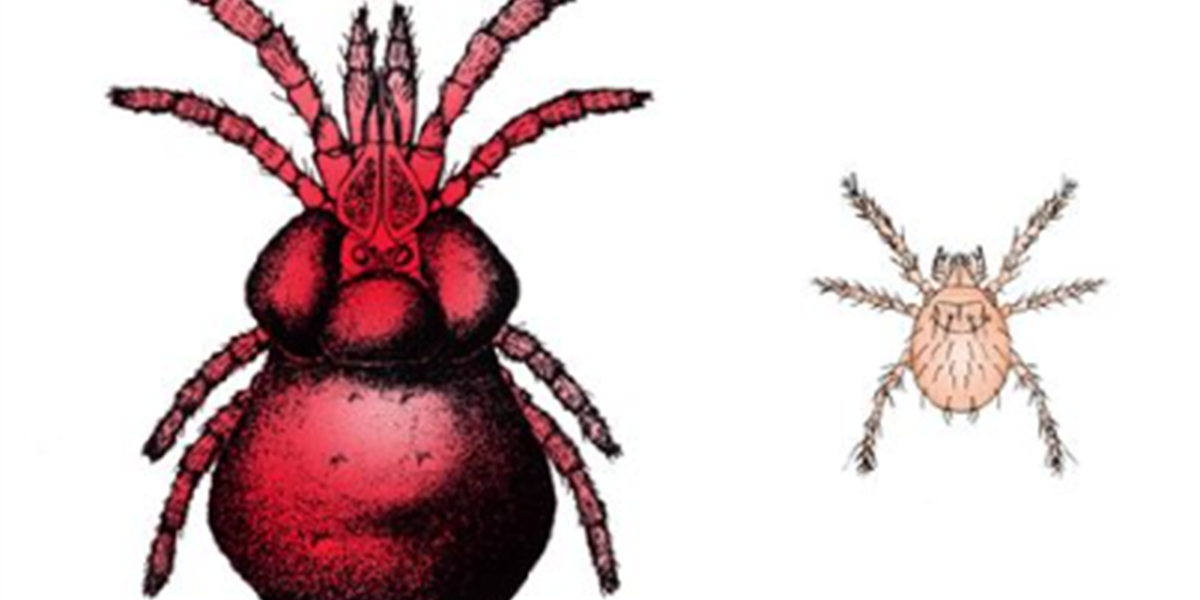The Itch You Can't Scratch
- Aug 7, 2024

We’ve all been bitten by the bug. That deep itching that can only come from a chigger bite – always around the same areas- the elastic edge of your socks or near the seams of “unmentionables”. Many folk tales surround this creature, so here are some common misconceptions to put to rest:
Myth 1: They burrow and stay lodged in your skin. They do bite, but they quickly take what they want and move on; and no, putting nail polish on the bite doesn’t help.
Myth 2: They’re sucking your blood. This is more semantic – their mouthparts pierce the skin layers and release a digestive enzyme that disintegrates the skin cells, not the blood, for food. So much better than a mosquito, right?
Myth 3: They belong to the tick family. They are technically mites and much smaller than ticks – too small to see really. Even the small larval stage of a tick (sometimes referred to as a “turkey mite”) is larger than a chigger.
Myth 4: They are the same thing as red velvet mites. Red velvet mites again are larger and feed off other insects’ eggs and larvae. Similar in appearance, clover mites eat vegetation. Basically, if you can see it with your naked eye, it may be one of these and not a chigger.
Myth 5: They are disease spreaders. Although there is one type of bacteria that chiggers have been known vectors of, Scrub Typhus, this has only been documented in countries around the Pacific rim. The most common infection could potentially come from the incessant scratching and then opening of a wound.
How to avoid them, you ask? Bug spray helps some, but the areas on our body they like to reach are not places we usually spray. Not sitting directly on shaded grass can help too, but many of us have come to terms with the fact that they’re everywhere and understand this as an annoying rite of passage to the summer season.
